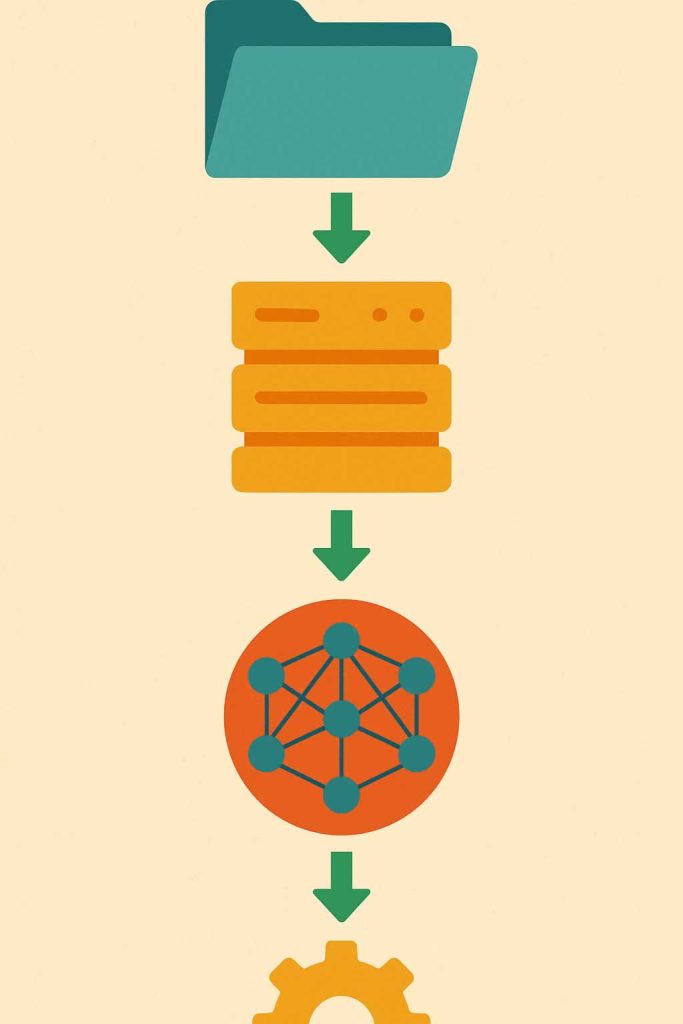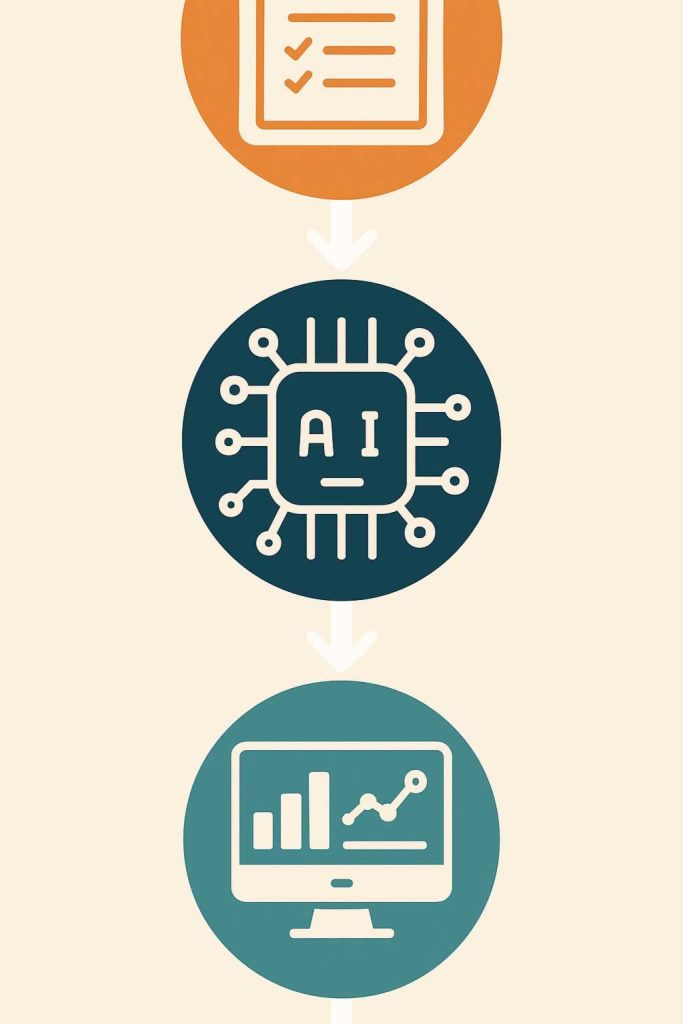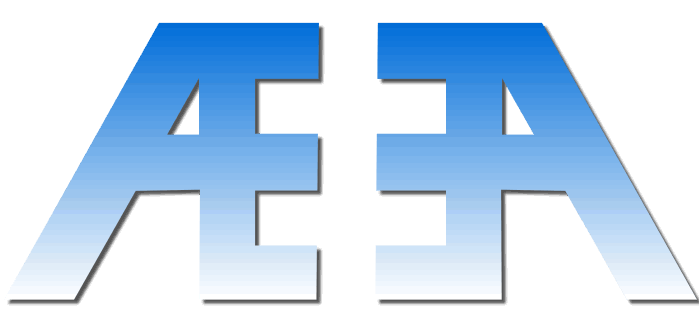

An AI workflow is the structured sequence of steps that takes data from raw input to a meaningful output using artificial intelligence. It includes everything from data collection and preprocessing to model training, evaluation, deployment, and continuous monitoring. At AEHEA, we see AI workflows not just as technical systems but as strategic frameworks. They are the foundation for turning complex ideas into scalable, repeatable solutions that deliver measurable value.
The workflow begins with identifying the problem and gathering relevant data. That data is then cleaned and prepared, which often includes formatting, labeling, and transforming it into a structure the model can understand. From there, the AI model is selected or built, trained on the data, and evaluated for performance. If the results meet expectations, the model moves into production, where it starts performing real-world tasks like making predictions, automating responses, or generating content.
What makes a workflow different from a single-use script or prototype is its structure and repeatability. A good AI workflow can be reused, scaled, and adapted to new tasks. It can be automated using platforms like n8n, which we frequently use to connect data sources, trigger actions, and integrate results into broader systems. This automation allows businesses to move faster and more reliably, reducing the need for constant manual intervention.
At AEHEA, we build AI workflows that align with real business goals. Whether we are helping a client classify incoming documents, personalize customer experiences, or generate reports on demand, we design workflows that are not only technically sound but also operationally efficient. A strong workflow ensures that AI is not just powerful but also sustainable and controllable in the long term.
